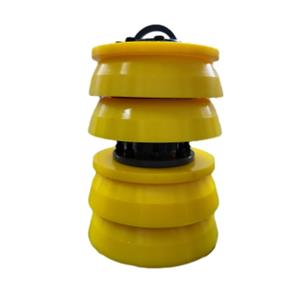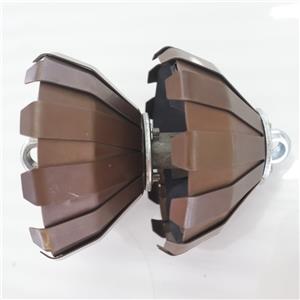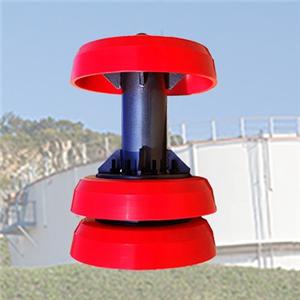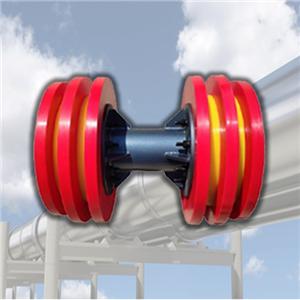Oil Pipeline Pig: Pipeline Cleaning Tool
Oil pipeline pigs are a major part of the pipeline cleaning process and play a very important role in the cleaning of oil pipelines. Today, this editor will give you a detailed introduction to the pipeline cleaning tool for oil pipeline pigs. I hope everyone has to help. The specific details about the oil pipeline pigs are as follows.
Regular pigging procedures are usually performed on the pipeline to reduce the level of debris and to maintain the performance of the pipeline from an operational point of view. However, the cleanliness achieved may not be sufficient to make the online or smart check run successfully. Depending on the quantity and consistency, even a relatively small amount, such as wax, scale, dust, sand and sludge, can severely reduce the data of the pigs tested, and in many cases the debris can cause damage to the oil pipeline pigs. In addition to expensive re-runs, this can also result in downtime for cleaning, repairing, and rebuilding equipment. Therefore, even from an operational point of view, the degree of cleanliness within the pipeline is acceptable, and it is strongly recommended to thoroughly clean the production line using heavy duty clean pigs prior to inspection. Hiring heavy-duty cleaning equipment prior to inspection operations allows the pipeline operator to perform intensive cleaning in a short period of time to prepare the pipeline for inspection.

Highly sealed ingredients/separated pigs are essential for effective pipe cleaning operations, but other aspects such as pipe measurements, pig tracking and pig position may have to be considered.
Knowing where the pig is passing through the pipeline may only provide a reassurance, but it is also critical in some pigging operations. The pipeline cleaning operation of discharging the product from the pipeline may depend on the location of the pig at any time during the run. Crushing tanks, filters and silencers can be installed at the receiver site and connected to the pipeline via temporary pipes - when the pig is less than 1 km. From the receiver, or when the product begins to change color, the flow can be transferred through a temporary pipe to prevent contaminated products from entering the main process system. Regular tracking to detect oil pipelines along the pipeline route will provide key information such as speed and estimated arrival time. Or in the case of line clearance, in order to prevent the complete pipeline from being evacuated, the oil pipeline pig can be operated until it passes downstream of the isolation valve. The position of the oil pipeline pig will be unknown when the oil pipeline pig is not detected to perform such operations through the pipeline. However, tracking pigs will provide prior warning and pigs can be detected when the pig passes directly through the isolation valve.
If the pipeline has never been cleaned or there is a lot of debris, the oil pipeline pig tracking will once again ensure that the pig is in the pipeline. If the pig is stuck, the position of the pig will be known between the last tracking position and the position it failed to reach. This greatly reduces the scope of the search when looking for pigs. If the pig is equipped with a transmitter, the exact location of the stuck pig can be detected and confirmed. The transmitter emits an electromagnetic field that can be detected by the portable detection unit. Therefore, in order to reduce the potential search area of stuck pigs, it is best not to exceed 5 kilometers. Track between locations. However, it depends largely on the entry and speed of pigs in the oil pipeline.
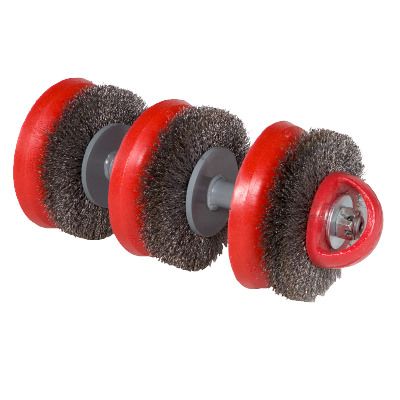
Tracking locations should be identified and established prior to initiating the pigging operation to ensure access and suitability. It is good practice to use a team of two tracking engineers to use "jumping frog" technology to ensure that one team is always ahead of the pig; tracking team 1 will start at position 1 and tracking team 2 will be at position 2. When the pig passes position 1, the tracking team 1 will move to position 3. When the pig passes through the pipeline until it, the technique should continue to reach the receiver or stop.
The above is a detailed introduction to the oil pipeline pigs. I hope that everyone will understand the oil pipeline pigs and help everyone.

